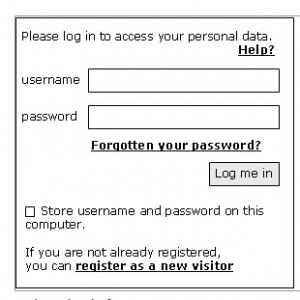The Logged and Tagged Workforce.
Last winter I worked on an assignment for two of the world’s biggest brands (pat on back); one an ad agency, the other a software company. And I used the following quote from Larry Ellison to help make my point about the logged and tagged workforce:
“If you want to go faster and you want a
system that is more reliable, you have to
be willing to spend less.”
Larry Ellison, Oracle, 9/10
Because of technology and the powerful corporate drive to improve shareholder value, the once invaluable knowledge worker is more easily replaced in American business. Those owners of corporate history, those who understand, live and propagate the culture, those who have seen good times and bad, are no longer a company’s strength. Their work product, however, still lives at these companies. Behind the fire wall.
Why? Because if you have a log-in at a company and your work is tagged (searchable); any goober behind the firewall can come along and access it. Your replacement. A freelancer. An intern.
Salesforce.com, perhaps the most successful enterprise software product of our time, is based upon the logged and tagged workplace. And it’s brilliant. It is not only a repository for all company sales data, it is a platform for the “logged in” to work more efficiently.
This is no screed against technology. Or against two-tier pay levels. No poo-pooing of freelance nation here. This is progress and we have to learn to manipulate it to our advantage. My recently graduated daughter has two jobs. One, at a low-ish annual wage, is for the benefits and experience. The other, at a restaurant, is for beer money. Were she really working the new economy and the logged and tagged workforce, she might have 3 jobs. And make more and in less time.
These are exciting times. We need to see trends like the “logged and tagged workforce” and exploit them before our neighbors. Have at it people! Peace.





